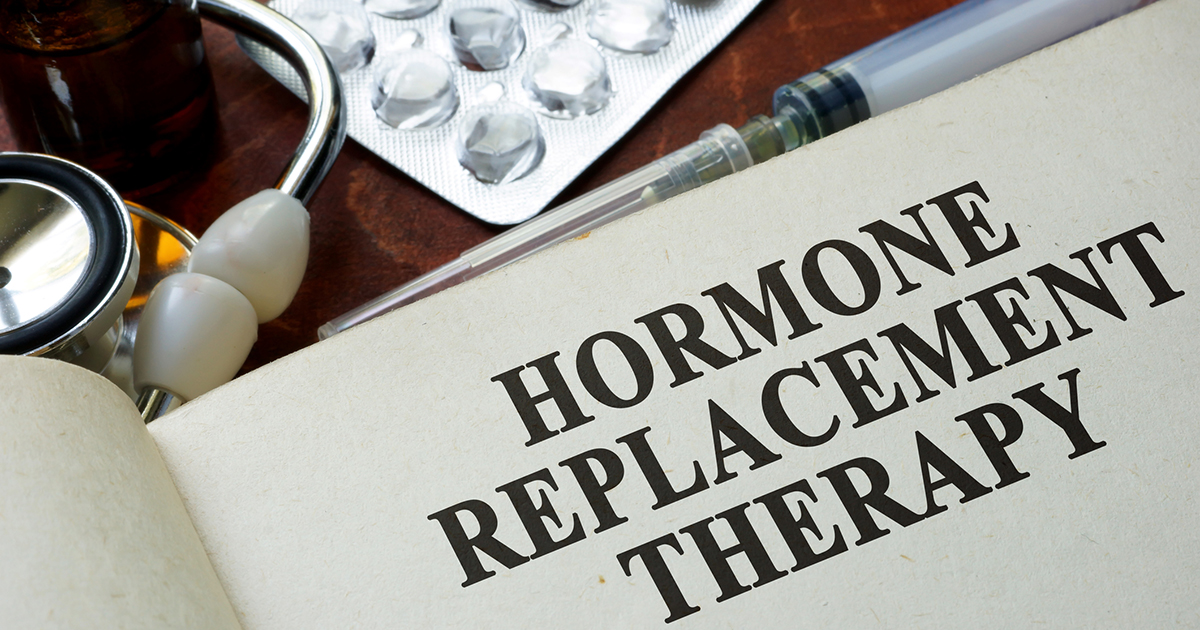Breast Cancer Causes And Health Effects
Breast cancer is perhaps the most common invasive cancer seen amongst females internationally. This form of cancer, reports show, accounts for up to twenty percent of cancer-related fatalities worldwide, and these rates are typically higher in developed nations as opposed to underdeveloped countries. While breast cancer is well-known, even having its own awareness month in October each year, the average individual still does not have sufficient knowledge surrounding it.
Aging

The natural process of aging is often a cause of breast cancer development. This occurs because of the way breast cancer develops. Malignant or cancerous cells are produced when there are abnormal changes in the part of a breast cell's DNA that control processes of cellular growth, multiplication, and apoptosis. This change in the DNA is called a DNA mutation. It only takes the right mutation of one breast tissue cell in order for malignancy to develop. Cells in the body change, grow, die, and multiply every day an individual is alive.
The cells in a younger individual's body have not undergone the same number of cell cycles or been exposed to as many damaging factors as an individual who is twenty years older than them. As a result, a younger individual's breast tissue cells have had less of an overall opportunity for the DNA to mutate. Another factor that plays into age-related risk for breast cancer is the fact an older body is less capable of repairing the damage that has occurred in a cell's DNA. Once the damage is beyond repair, the immune system is supposed to take over and eradicate any cells that have cancerous-like DNA abnormalities. Individuals who are older also have a decreased efficiency in this type of immune defense.
Hormone Replacement Therapy

Some women develop breast cancer a result of their recent or previous use of hormone replacement therapy. Hormone replacement therapy was used frequently by women going through menopause to help with relief of unpleasant symptoms such as fatigue, hot flashes, and loss of bone. The type of hormone replacement therapy that increases an individual's breast cancer risk the most is called combination HRT, made from estrogen and progesterone. Even when combination HRT is used for just a short time, it increases an individual's risk of developing breast cancer by seventy-five percent.
The risk for breast cancer is at its highest between the first two and three years of using combination HRT. When a woman stops using combination HRT, it takes a minimum of two years for the risk of breast cancer to drop back down to an average level. The other type of HRT called estrogen-only HRT has shown to increase an individual's chance of developing breast cancer if they use it for over ten years. Regardless of whether the HRT products used are natural, synthetic, or bioidentical, the risk of developing breast cancer is consistent across all three variations.
